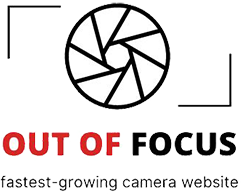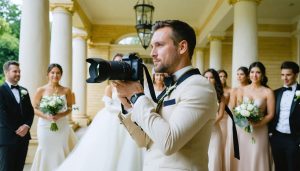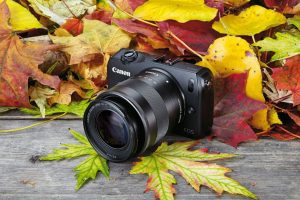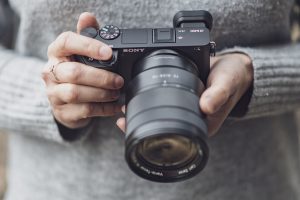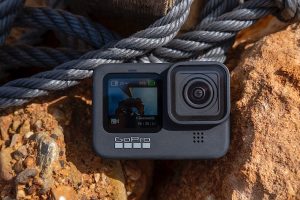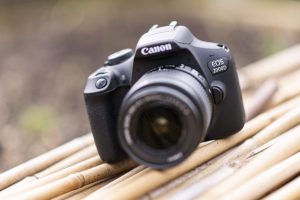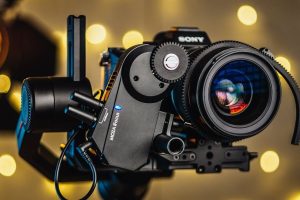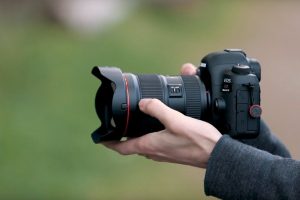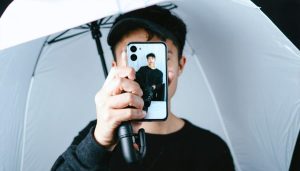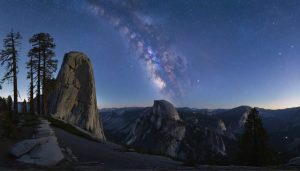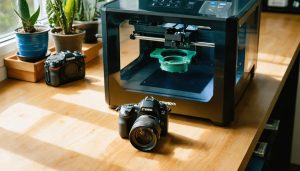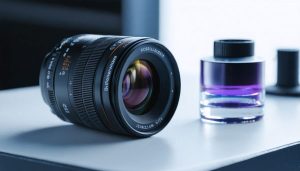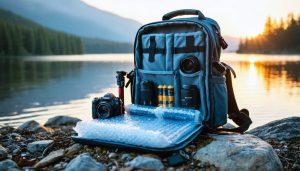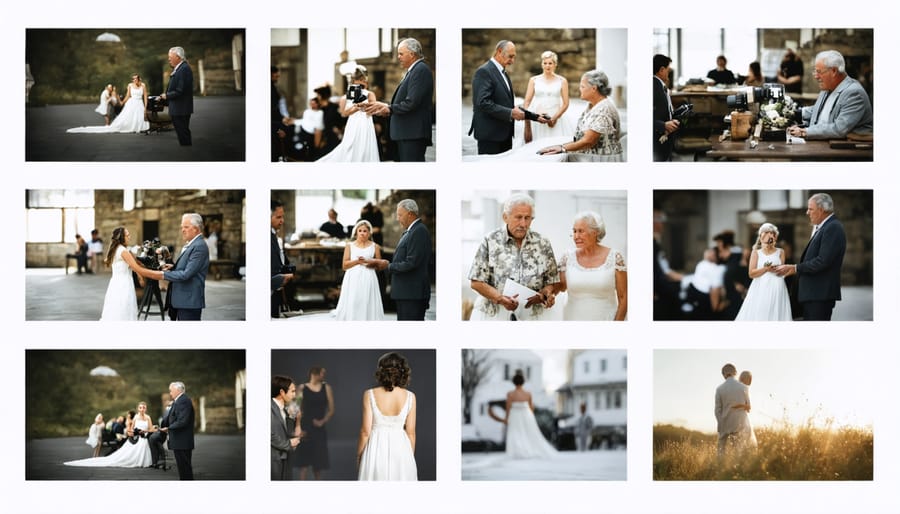
Every photograph tells a story, but mastering narrative photography demands more than just capturing beautiful moments. To transform your photography skills into compelling visual narratives, photographers must orchestrate elements like composition, timing, and emotion with deliberate precision.
Unlike traditional photography, narrative imagery weaves complex stories through single frames or carefully curated sequences. It’s the difference between documenting a wedding and revealing the raw emotion of a father seeing his daughter in her dress for the first time. It’s capturing not just the protest in the streets, but the determined expression that speaks volumes about why people are there.
Professional narrative photographers understand that every detail – from the subtle interplay of light and shadow to the strategic use of negative space – contributes to the story’s impact. Whether crafting photo essays for journalism, creating memorable family portraits, or developing fine art series, the ability to convey narrative through imagery has become an essential skill in modern photography.
As visual storytelling continues to dominate our digital world, mastering narrative photography isn’t just about improving technique – it’s about developing the vision to see and capture the stories that surround us every day.
What Sets Narrative Photography Apart
Beyond Single Shots
While single photographs can certainly tell powerful stories, narrative photographers excel at creating sequences and series that weave together to form deeper, more nuanced narratives. Rather than relying on standalone images, they carefully curate collections that build upon each other, creating emotional arcs and revealing layers of meaning through their relationships.
Think of it like chapters in a book – each image contributes to the larger story while maintaining its individual impact. A narrative photographer might document a wedding by capturing not just the key moments, but the quiet in-between scenes that reveal the day’s emotional journey. Or they might tell a community’s story through a series of environmental portraits and detail shots that gradually unveil the connections between people and place.
These visual stories often incorporate varying perspectives, from wide establishing shots to intimate close-ups, creating rhythm and pacing that guides viewers through the narrative. The key lies in thoughtful sequencing, consistent visual style, and an understanding of how images can complement and contrast with each other to build a cohesive and compelling story.
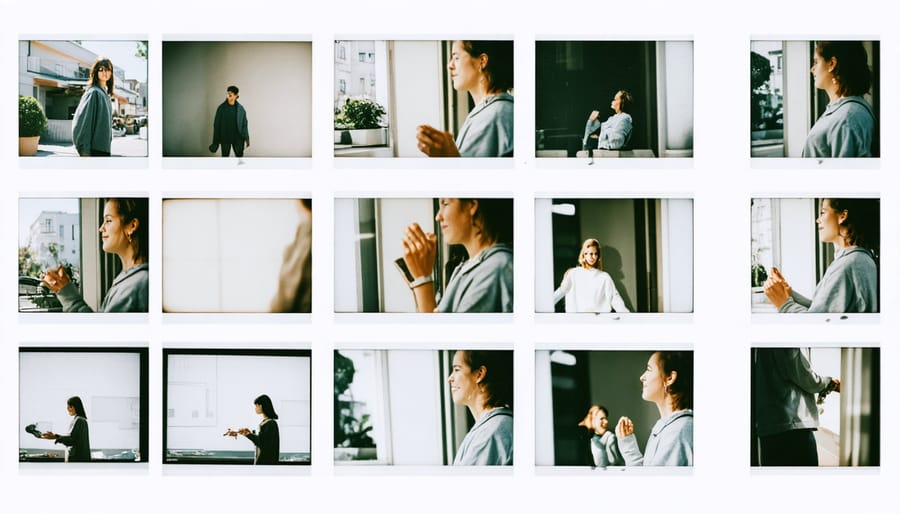
The Elements of Visual Storytelling
A compelling narrative photograph relies on several key visual elements working in harmony to convey its story. Composition serves as the foundation, using techniques like the rule of thirds and leading lines to guide viewers through the image. The careful arrangement of subjects and objects creates visual relationships that hint at deeper meanings and connections.
Light and shadow play crucial roles in setting mood and atmosphere, with dramatic lighting emphasizing key elements while shadows can conceal or create mystery. Color psychology also influences the emotional impact, whether through vibrant hues that energize or muted tones that evoke melancholy.
Perspective and framing help establish context and point of view, allowing photographers to control how viewers interpret the scene. Details and symbols within the frame act as visual cues that add layers of meaning – a weathered wedding ring, a torn photograph, or a child’s abandoned toy can speak volumes about the story being told.
Movement and timing capture decisive moments that reveal relationships, emotions, or conflicts central to the narrative. When working in series, these elements must flow cohesively across multiple images while maintaining individual impact.
Essential Skills Taught in Storytelling Seminars
Sequence and Flow
Creating a compelling visual narrative requires careful consideration of how your images flow together. Think of your photo sequence as chapters in a book – each image should naturally lead to the next while building upon the story you’re telling.
Start by selecting your strongest images that represent key moments or turning points in your narrative. These anchor images will form the backbone of your sequence. Place your opening shot strategically – it should hook viewers while setting the scene and mood for what’s to come.
Consider the visual rhythm as you arrange your photos. Alternate between wide, medium, and close-up shots to create dynamic pacing. This variation keeps viewers engaged while providing different perspectives of your story. Pay attention to visual elements like color, composition, and lighting that can create cohesion between images.
Transitions between photos are crucial. Look for visual connections – similar shapes, colors, or movements that can link one image to the next. These subtle connections help guide viewers smoothly through your narrative without jarring interruptions.
End your sequence with an image that provides closure while remaining memorable. Whether it’s a powerful emotional moment or a thought-provoking conclusion, your final shot should feel like a natural culmination of the story you’ve built through your carefully arranged sequence.
Remember to step back occasionally and view your sequence as a whole. This helps ensure your narrative maintains its intended impact and flow from start to finish.
Character Development Through Photography
Character development in narrative photography requires a delicate balance of technical skill and emotional intelligence. By carefully considering elements like lighting, composition, and timing, photographers can reveal the deeper layers of their subjects’ personalities and stories.
Start by building rapport with your subject before the shoot. This connection allows for more authentic expressions and natural poses that truly reflect their character. Engaging in meaningful conversation while shooting helps capture genuine emotional moments rather than staged poses.
Lighting plays a crucial role in character portrayal. Side lighting can create dramatic shadows that suggest mystery or complexity, while soft, diffused light often conveys warmth and approachability. Consider how different lighting setups can emphasize various aspects of your subject’s personality.
Environmental portraiture is particularly effective for character development. Photographing subjects in their natural habitat – whether it’s their workspace, home, or favorite location – adds context and depth to their story. Props and meaningful objects can further enhance the narrative, but should feel authentic rather than contrived.
Seeking expert mentorship in photography can help develop these specialized skills. Focus on capturing subtle details like hand gestures, micro-expressions, and body language that reveal personality traits. Remember that successful character development often emerges from patient observation and waiting for those honest, unguarded moments that truly tell your subject’s story.

Environmental Context and Mood
Environmental context and mood are crucial elements in narrative photography, serving as the emotional foundation of your visual story. The way you frame your environment – whether it’s the golden light of sunset streaming through city windows or the stark shadows of an abandoned building – helps viewers connect with the narrative on an emotional level.
Consider how different lighting conditions affect the story you’re telling. Harsh midday sun can create a sense of isolation or tension, while soft morning light might convey hope or new beginnings. Weather conditions, too, play a vital role – fog can add mystery, while rain can enhance feelings of melancholy or romance.
When composing your shots, pay attention to the relationship between your subject and their surroundings. The environment should complement and enhance your story rather than compete with it. For instance, a lone figure in a vast landscape might convey solitude, while the same person photographed in a crowded street could suggest loneliness of a different kind.
Color temperature and palette choices significantly impact mood. Warm tones can create intimacy and comfort, while cool tones might suggest distance or detachment. Even the decision to shoot in color versus black and white can dramatically alter how viewers interpret the narrative.
Remember that environmental context isn’t just about grand landscapes – sometimes the smallest details in a setting can speak volumes. A wilted flower on a windowsill or peeling wallpaper might tell more about your subject’s story than an entire room.
Technical Considerations for Narrative Photography
Gear Selection for Story-Driven Photography
While narrative photography can be achieved with virtually any camera, certain gear choices can enhance your storytelling capabilities. A full-frame camera with good low-light performance offers versatility across different shooting scenarios, allowing you to capture intimate moments in various lighting conditions. Prime lenses, particularly 35mm and 50mm focal lengths, are excellent choices as they closely match human perspective and create a natural viewing experience.
For environmental storytelling, consider adding a wide-angle lens (24mm or wider) to your kit. This allows you to include more context and setting in your frames. A longer lens, like an 85mm or 135mm, is valuable for capturing candid moments and emotional expressions without intruding on your subjects.
Lighting equipment should be minimal and portable. A small speedlight with a diffuser can help in challenging lighting situations, while a reflector can provide subtle fill light for portraits. Consider investing in a lightweight tripod for long exposures or when working in low light conditions to maintain image quality.
Remember that gear should never overshadow the story you’re trying to tell. Start with essential equipment and expand based on your specific narrative needs. Many compelling photo stories have been created with nothing more than a single camera and lens. Focus on developing your eye and storytelling abilities first, then let your gear choices support your vision rather than define it.
Camera Settings for Different Narrative Styles
Camera settings play a crucial role in enhancing your narrative photography’s storytelling power. For intimate character-driven stories, shooting with a wide aperture (f/1.8 to f/2.8) creates a shallow depth of field, drawing attention to your subject while softly blurring the background. This technique works particularly well for environmental portraits where you want to maintain context while emphasizing the human element.
When capturing broader narrative scenes, consider using smaller apertures (f/8 to f/16) to ensure everything in your frame contributes to the story. Slower shutter speeds can introduce intentional motion blur, suggesting movement and the passage of time – perfect for conveying journey or transformation narratives.
ISO selection impacts more than just exposure; higher ISOs can add grain that creates a documentary feel, while lower ISOs maintain clarity for more polished storytelling. For sequential narrative pieces, maintaining consistent settings across shots helps create visual coherence.
Consider using aperture priority mode (Av) when focusing on depth-of-field control, or shutter priority (Tv) when movement is key to your story. Manual mode gives you complete control over your visual narrative, though it requires more technical confidence.
Remember that white balance isn’t just about color accuracy – warm tones can evoke nostalgia or comfort, while cooler tones might suggest isolation or mystery. These technical choices should always serve your narrative intent rather than following rigid rules.
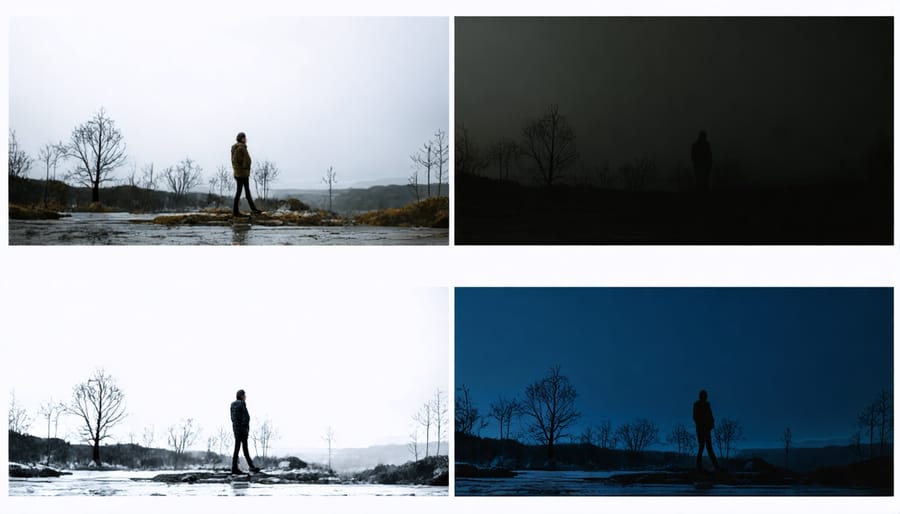
Building Your Narrative Portfolio
Building a compelling narrative portfolio requires careful curation and thoughtful presentation of your photographic stories. Start by identifying your strongest narrative series and organizing them into cohesive collections that showcase your storytelling abilities.
Begin with a clear theme or concept for each series. Whether you’re documenting social issues, personal journeys, or cultural events, ensure each collection tells a complete story. Select 8-12 images that work together harmoniously while maintaining individual impact. Remember, less is often more – each image should earn its place in the narrative.
When arranging your portfolio, consider both digital and physical presentations. For digital portfolios, utilize platforms that allow for sequential viewing and maintain image quality. Popular options include dedicated portfolio websites, Adobe Portfolio, or even Instagram’s carousel feature for shorter series.
Create compelling introductions for each series that provide context without overshadowing the visual narrative. Include brief, well-crafted artist statements that illuminate your approach and intentions while leaving room for viewer interpretation.
Consider the viewing experience: How do your images flow from one to the next? What emotions or questions does each transition evoke? Pay attention to visual elements like color harmony, compositional balance, and thematic consistency across the series.
Don’t work in isolation – getting feedback on your work from peers and mentors is crucial for growth. Join photography communities, attend portfolio reviews, and seek constructive criticism to refine your narrative approach.
Update your portfolio regularly, removing older work as you create stronger pieces. Keep detailed records of your projects, including shooting notes, context, and background information. This documentation not only helps in presenting your work but also aids in developing future narrative projects.
Remember that your portfolio should evolve with your skills and interests. Don’t be afraid to experiment with different narrative styles and presentation methods as you develop your unique voice in narrative photography.
Narrative photography offers a unique and powerful way to tell stories through images, and mastering this art form can transform your work from simple snapshots to compelling visual narratives. As we’ve explored throughout this article, the combination of technical skill, creative vision, and storytelling ability is essential for creating impactful narrative photographs.
To further develop your narrative photography skills, consider participating in workshops and seminars specifically designed for this genre. These learning environments provide hands-on experience, expert guidance, and valuable feedback from experienced photographers. Many workshops include practical photography challenges that help you apply concepts immediately and build confidence in your storytelling abilities.
Remember that becoming proficient in narrative photography is a journey that requires practice, patience, and continuous learning. Start by implementing the techniques we’ve discussed, experiment with different storytelling approaches, and don’t be afraid to push creative boundaries. Join local photography groups, attend photography festivals, and connect with fellow photographers who share your passion for visual storytelling.
Whether you’re documenting family moments, creating photo essays, or pursuing professional projects, the skills you develop in narrative photography will enhance your ability to capture and share meaningful stories through your lens. Take the next step in your photography journey by exploring workshops in your area or online platforms that offer specialized training in narrative photography.
